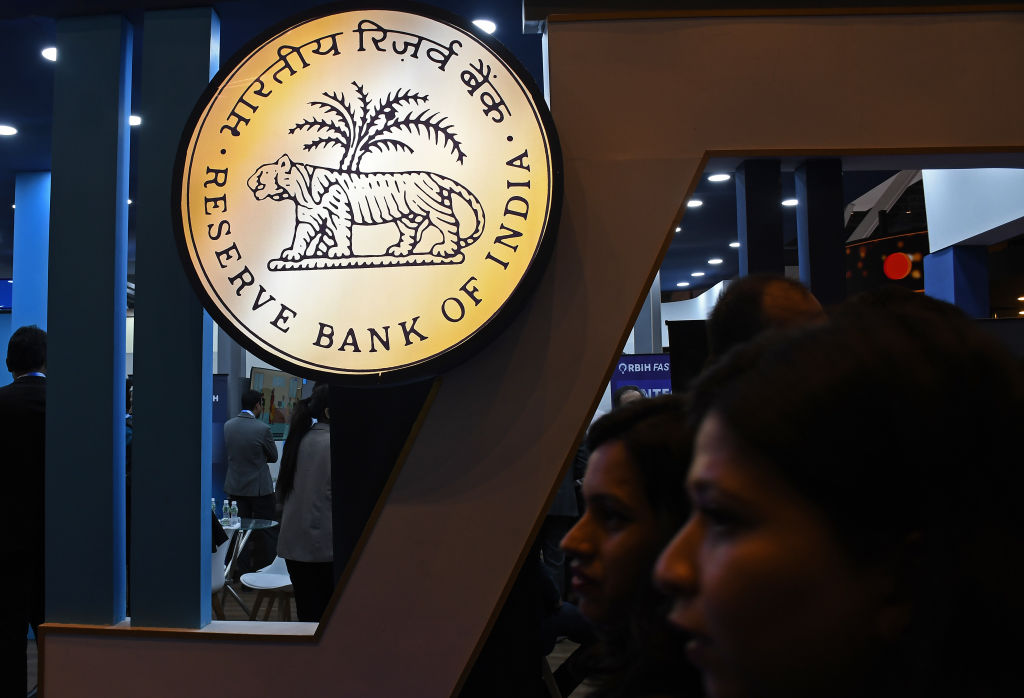The foresight to build a financially empowered India, taking banking beyond branches, is making it a success. From remote to urban areas, a wave of change is noticeable across the country with an inclusive financial system. Bank accounts, credits, pensions, and insurance, which were once a luxury for some, are now accessible to all.
According to data released by the Reserve Bank of India (RBI), the accessibility of financial services, products and financial literacy has been on the rise. The RBI released the Financial Inclusion Index (FI-Index) for the year ending March 2025, which stands at 67.0 in comparison to 64.2 in March 2024.
Furthermore, since 2021, it has increased by 24.3 per cent, which highlights the continuous efforts to include every citizen in India’s growing digital financial infrastructure.
What is Financial Inclusion?
Financial Inclusion, in layman’s terms, is bridging the financial gap to enhance the economic growth of the country. To achieve this feat, a consolidated measure of financial inclusion was introduced to effectively monitor the progress of policy initiatives undertaken to promote access to finance for all.
FI-Index is based on 97 indicators and they quantify the progress in financial inclusion, mainly sensitive to availability of financial services, ease of access, usage, unequal distribution, deficiency in services, financial literacy and consumer protection.
India’s strategy for financial inclusion
To achieve the vision of banking for all, multiple strategies were introduced focusing on supply & demand side infrastructure and financial literacy.
The National Strategy for Financial Inclusion 2019-2024 (NSFI) and National Strategy for Financial Education 2020-2025 (NSFE) provide a road map for a coordinated approach towards financial inclusion, financial literacy, and consumer protection. This strategy was launched to address the inherent barriers to accessing financial services and products, with the following objectives:
Universal access to financial services: Under this, every village within a 5-kilometre radius is to be provided access to a formal financial service provider, with a hassle-free onboarding process.
Providing basic bouquet of financial services: Every adult who is willing and eligible needs to be provided with a basic bouquet of financial services that includes a savings account, credit, a micro life and non-life insurance product, a pension product and a suitable investment product.
Access to livelihood and skill development: Citizens willing to take part should be provided with information and assistance to various skill development programs, hence supporting them in economically-engaging activity and income generation.
Financial literacy and education: Easy-to-understand modules should be turned into audio-visual format for better understanding and wider reach.
Customer protection and grievance redressal: Customers shall be made aware of the resources available for the resolution of their grievances.
Key initiatives for financial inclusion
The vision is to extend financial services to the underserved and unserved population. To widen the financial participation of citizens in the country, several initiatives have been launched in different sectors and segments of the population.
Pradhan Mantri Jan Dhan Yojana (PMJDY)
Under the scheme, citizens get access to basic savings & deposit accounts, remittance, credit, insurance, and pension affordably. The success of the scheme resulted in over 55.98 crore beneficiaries (as on 4 August 2025), where over 55 per cent of accounts are held by women.
Pradhan Mantri Suraksha Bima Yojana (PMSBY)
Launched on May 9, 2015, PMSBY provides accidental death and disability coverage specially for the poor and unprivileged. As of March 19, 2025, the scheme has achieved a cumulative enrolment of 50.54 crore individuals, showcasing its extensive reach.
Atal Pension Yojna (APY)
Under the scheme of Atal Pension Yojana, a monthly pension is provided to old-age people. The scheme aimed at workers in the unorganised sector, who often lack formal pension coverage.
Pradhan Mantri MUDRA Yojana (PMMY)
The Pradhan Mantri MUDRA Yojana (PMMY), launched on April 8, 2015, facilitates loans up to ₹20 lakhs to income-generating small and micro enterprises engaged in the manufacturing, trading or service sectors, including activities allied to agriculture such as poultry, dairy, beekeeping, etc.
Unified Payments Interface (UPI)
Launched in 2016 by the National Payments Corporation of India (NPCI), UPI has revolutionised the nation’s payment ecosystem by integrating multiple bank accounts into a single mobile application. This system enables seamless fund transfers, merchant payments, and peer-to-peer transactions, offering users flexibility through scheduled payment requests.
Mahila Sammriddhi Yojana (MSY)
Mahila Sammriddhi Yojana (MSY) is a scheme aimed at benefiting women from socially and economically weak backgrounds. The scheme provides training to a group of 20 women in a suitable craft activity and then forms them into an SHG (Self-help group).
Kisan Credit Card (KCC)
Kisan Credit Card (KCC) is a banking product that provides farmers with timely and affordable credit for purchasing agricultural inputs, meeting short-term credit requirements, post-harvest expenses, produce marketing loan, consumption requirement for farmer household, working capital for maintenance of farm and investment credit requirement for agriculture and allied activities.
In addition, the Ministry of Finance recently launched a three-month campaign for the ‘Saturation of Financial Inclusion’ schemes at Gram Panchayat and Urban Local Bodies, which started from July 2025, so that every unbanked citizen could be included.
The release of the Financial Inclusion Index highlights consistent growth over the years, with a focus on every unbanked individual. Significant strides have been taken for equitable access through various initiatives. The journey of India towards financial inclusion is not only the result of policy making but a commitment to a developed India where every citizen matters.














